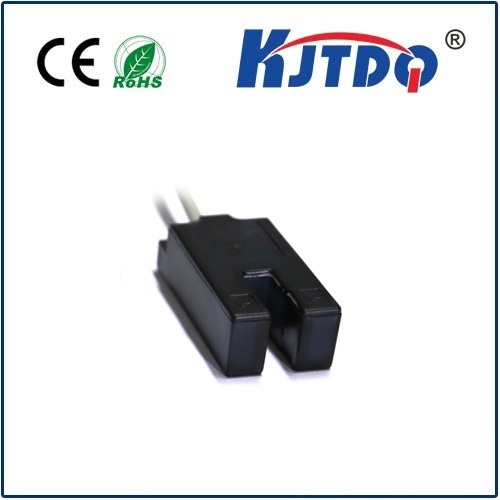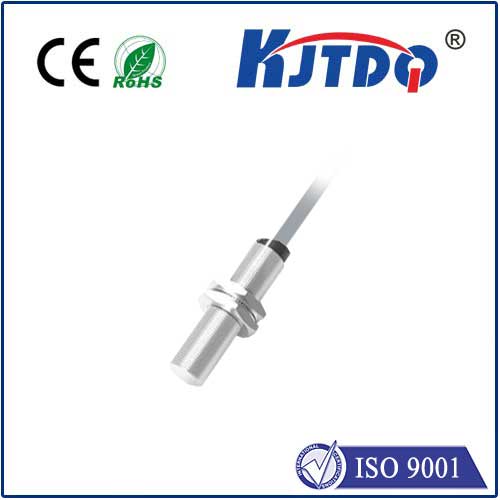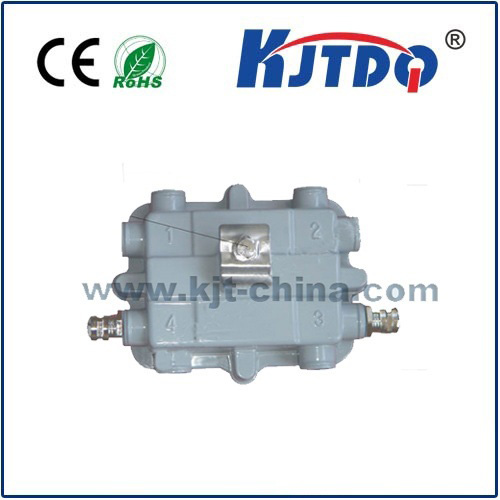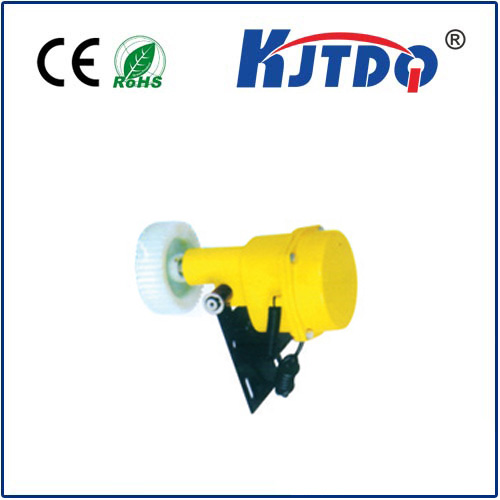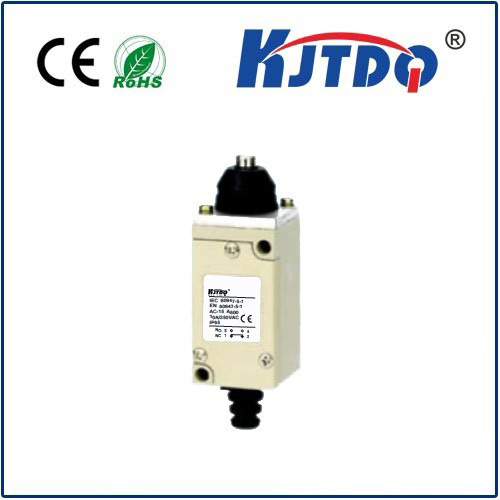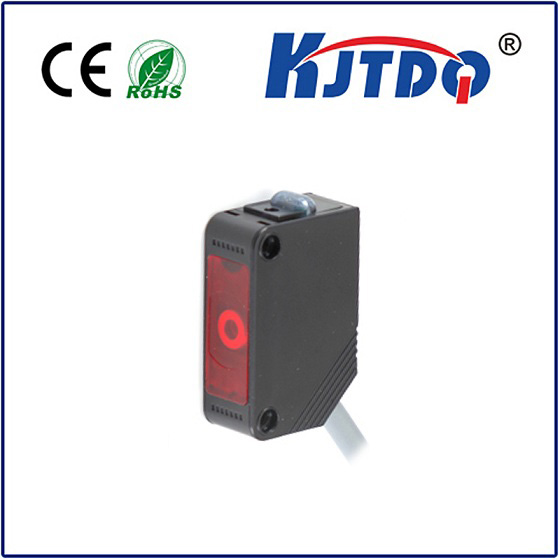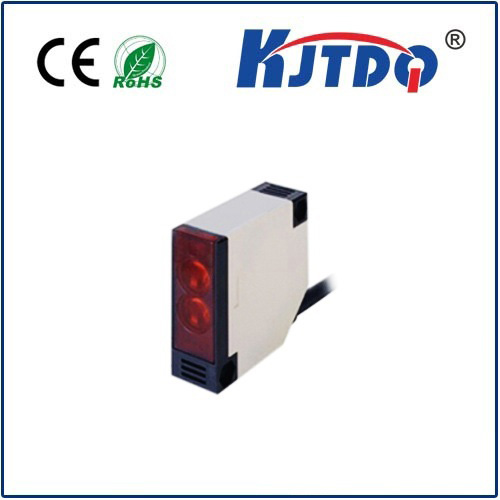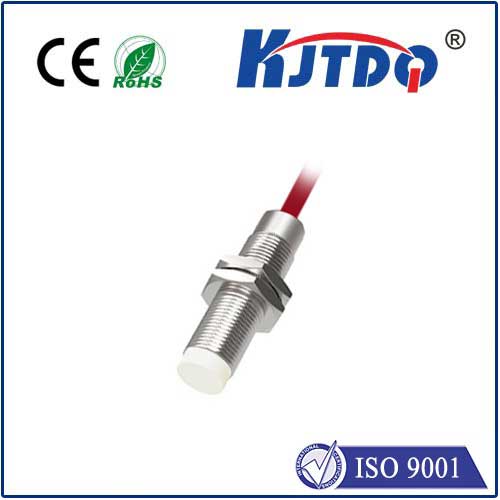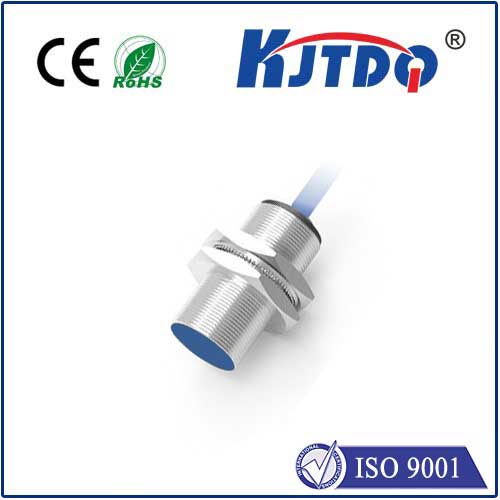wireless inductive sensor
- time:2025-06-17 01:35:17
- Click:0
The Hidden Hero of Automation: Unlocking Potential with Wireless Inductive Sensors
Imagine a robotic arm flawlessly assembling a complex metal component, a factory floor humming with automated machinery, or heavy-duty construction equipment operating with pinpoint precision. None of this intelligent motion happens in isolation. Critical to these operations is the silent, reliable watchfulness of proximity sensing. And increasingly, the heroes enabling this unseen efficiency are wireless inductive sensors, transforming how industries monitor, control, and optimize.
Beyond Wires: Understanding the Core Technology
At their heart, inductive sensors are marvels of electromagnetic physics. They work by generating a high-frequency oscillating magnetic field from a coil within their sensing face. When a metallic target – whether ferromagnetic (like iron or steel) or non-ferromagnetic (like aluminum, brass, or copper) – enters this field, eddy currents are induced on the target’s surface. These eddy currents absorb energy from the sensor’s oscillating field, causing a measurable change within the sensor itself. This change (typically a dampening of oscillation amplitude or shift in frequency) is detected, processed, and converted into a clean, reliable output signal indicating the target’s presence or absence. Traditional inductive sensors require physical cabling to transmit this signal back to a controller (PLC).
The Game-Changer: Cutting the Cord

This is where wireless inductive sensors elevate the technology. They integrate the core inductive sensing principle with sophisticated radio frequency (RF) communication, usually adhering to robust industrial standards like Bluetooth Low Energy (BLE), Wi-Fi, or proprietary industrial wireless protocols. Key components include:
- Inductive Sensing Element: Detects the metallic target proximity.
- Microcontroller: Processes the sensor data.
- Wireless Transceiver: Communicates data packets wirelessly.
- Power Source: Typically long-life batteries or energy harvesting systems (vibration, light, thermal differentials), enabling true autonomy.
- Gateway/Receiver: Collects data from multiple sensors and interfaces with control systems.
This fundamental shift from wired to wireless brings a cascade of advantages.
Why Choose Wireless Inductive Sensing? The Compelling Advantages
- Revolutionized Installation & Maintenance: Eliminating physical wiring slashes installation time and cost dramatically. Sensors can be placed in hard-to-reach locations, inside rotating machinery, on moving parts, or even on mobile equipment where dragging cables is impractical or hazardous. Maintenance becomes simpler, focusing primarily on power source management.
- Enhanced Flexibility & Scalability: Need to monitor an additional point? Add another wireless sensor without the complexity of running new conduit or cable trays. Reconfigure factory layouts? Easily relocate sensors without significant rewiring effort. This modularity is invaluable for dynamic industrial environments and pilot projects.
- Robustness in Harsh Environments: Wireless designs inherently simplify sensor packaging. Combined with the naturally rugged construction of inductive sensors (often IP67, IP69K rated or higher), they excel in environments plagued by dirt, dust, oil, moisture, vibration, and extreme temperatures – common challenges where wired connections can be vulnerable points.
- Cost Efficiency: While individual wireless sensors might have a higher unit cost, the total cost of ownership (TCO) is often significantly lower. Factor in savings on cables, connectors, conduit, installation labor, and reduced downtime during reconfigurations, and the financial benefits become clear.
- Enabling the Industrial IoT (IIoT): Wireless inductive sensors are fundamental building blocks for smart factories and Industry 4.0. They provide the critical machine state data (position, presence, movement) wirelessly to cloud platforms or edge computing systems. This data is the fuel for predictive maintenance algorithms (detecting abnormal vibration or wear), real-time process optimization, and comprehensive asset tracking.
Where Wireless Inductive Sensors Shine: Diverse Applications
The applications are vast and growing:
- Factory Automation: Monitoring machine guarding, detecting tool position in CNC machinery, verifying part presence on conveyors, counting metallic objects, controlling robotic arm end-effectors.
- Mobile Machinery & Heavy Equipment: Monitoring hydraulic cylinder positions, bucket tilt/angle detection, boom extension limits, track tension, and implement status on construction, agricultural, and forestry equipment – free from wire chafing and breakage.
- Material Handling & Logistics: Tracking pallets/skids, monitoring crane hook position, detecting position in automated guided vehicles (AGVs), verifying container door status.
- Predictive Maintenance: Mounted directly on rotating shafts, bearings, or motor housings to wirelessly transmit vibration or position data indicative of wear or misalignment.
- Process Control: Detecting valve stem position, monitoring actuator movement, verifying metallic component presence in assembly lines.
- Renewable Energy: Monitoring position in wind turbine pitch control systems or hydraulic actuators in solar tracking units, often in exposed, remote locations.
Key Considerations & Innovations
While transformative, choosing wireless inductive sensors requires careful thought:
- Power Management: Battery life is paramount. Look for sensors with ultra-low power consumption and efficient communication protocols. Energy harvesting solutions are increasingly sophisticated, offering near-perpetual operation in suitable environments.
- Wireless Range & Robustness: Ensure the chosen wireless technology (BLE, Wi-Fi, proprietary mesh) offers sufficient range for the application and can handle industrial RF interference reliably. Mesh networking capabilities can extend range and enhance reliability.
- Data Security: Industrial wireless networks must prioritize robust encryption (like AES-128) and secure authentication protocols to protect critical operational data.
- Response Time: For high-speed applications, verify the total loop time (sensing + communication) meets the requirement. Wireless adds latency compared to direct wiring, though modern solutions minimize this significantly.
- Configuration & Diagnostics: Consider ease of wireless configuration (often via smartphone app or web interface) and diagnostic capabilities provided for remote monitoring of sensor health and battery status.
The Future is Untethered
Wireless inductive sensors represent more than just a convenience; they embody a fundamental shift towards more intelligent, flexible, and resilient automation. By eliminating the constraints of physical wiring, they unlock monitoring possibilities in previously inaccessible locations, dramatically reduce installation and reconfiguration burdens, and serve as vital data sources feeding the Industrial IoT revolution. As battery technology advances, energy harvesting becomes more viable, and wireless protocols get faster and more robust, their adoption will only accelerate. From the precise positioning of robotic arms to the rugged environments of mining and construction, these contactless detection workhorses are proving that sometimes, cutting the cord is the ultimate path to greater control and efficiency. They are the indispensable, unseen partners powering the modern industrial landscape.






